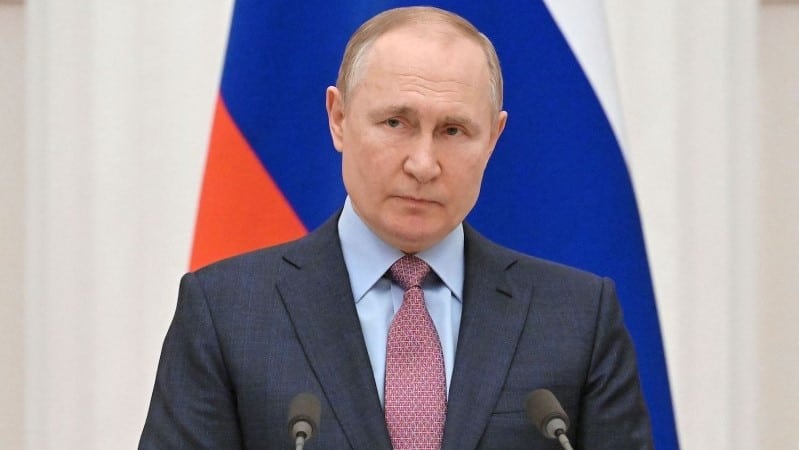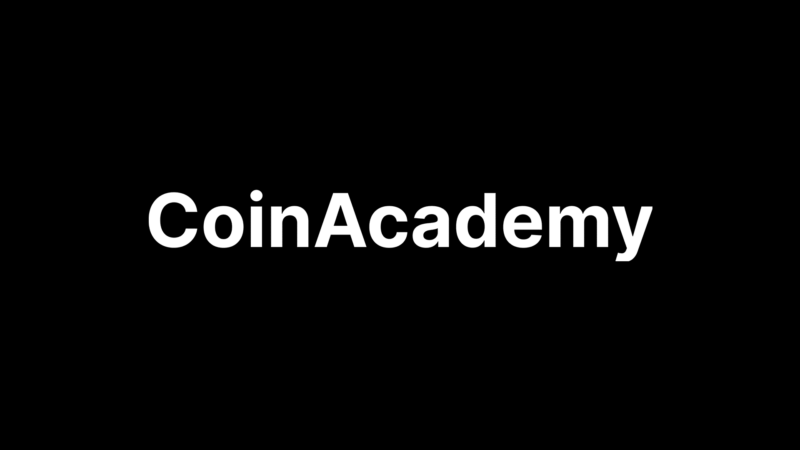The Pectra hard fork has merged the Prague and Electra updates, introducing a series of EIPs that transform the structure of Ethereum, notably with EOF and account abstraction via EIP-7702.
This update prepares Ethereum for advanced modularity, safer smart contracts, and streamlined UX, aiming for mainstream adoption and improved scalability.
Vitalik Buterin is now focusing his work on long-term issues such as privacy, consensus redesign, and post-EVM architecture, anticipating upcoming geopolitical and technical challenges.
Pectra: Towards a More Modular, Fluid, and Powerful Ethereum
The Pectra hard fork is now active on Ethereum, merging the Prague (execution) and Electra (consensus) updates strategically, combining over a dozen EIPs. This advancement signifies more than just technical progress; it initiates a profound transformation of the network in response to scalability, usability, and technological sovereignty concerns.
Twitter content
Deployed in early May, the Pectra update is one of the most ambitious steps since The Merge. It introduces the Ethereum Object Format (EOF), a new contractual structure revolutionizing the development, deployment, and auditing of smart contracts. Ultimately, this modularity paves the way for smart accounts, gasless transactions, and mainstream-level UX.
Key evolutions include:
- EIP-7702: Native account abstraction for external wallets (EOA), transformed into autonomous actors within the network.
- EIP-7002: Validator withdrawals triggered through the execution layer.
- EIP-2537: BLS12-381 precompilation, crucial for the future of ZK-rollups.
- EIP-7840: Blob management, a pivotal step towards increased data throughput.
Pectra thus forms the framework of an Ethereum designed to absorb future growth while enhancing its security and decentralized governance.
Fusaka and Glamsterdam: The Next Puzzle Pieces
The next steps are already in motion. Fusaka will introduce PeerDAS, a data sampling method allowing nodes to process block fragments, boosting scalability without burdening the infrastructure. Following is Glamsterdam, a performance-oriented update: gas optimization, cost reduction, native integration of L2 logics, with a focus on a seamless experience for users and developers.
These upgrades complete the transition from an experimental Ethereum to a global settlement system, tailored for billions of daily transactions.
Vitalik Buterin: Setting Course for Tomorrow’s Ethereum Infrastructure
Freed from operational duties since 2024, Vitalik Buterin now dedicates his efforts to systemic issues:
- Integrated privacy, with initiatives like stealth addresses.
- Consensus redesign, preparing for an architecture capable of accommodating millions of validators.
- Post-EVM architecture, exploring the use of RISC-V standard to modularize the execution environment.
His vision transcends short-term imperatives, foreseeing a world where Ethereum must remain neutral, flexible, and resilient against centralized powers, be they political, regulatory, or technological.




